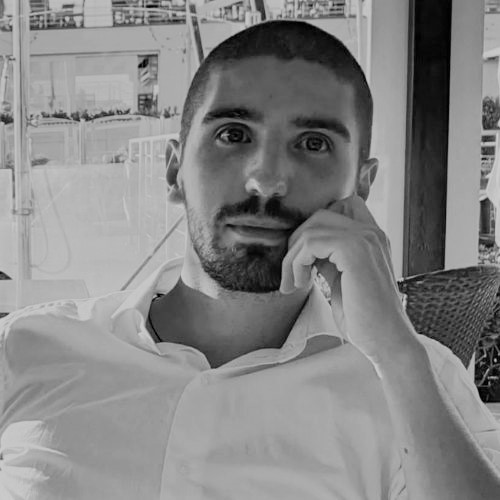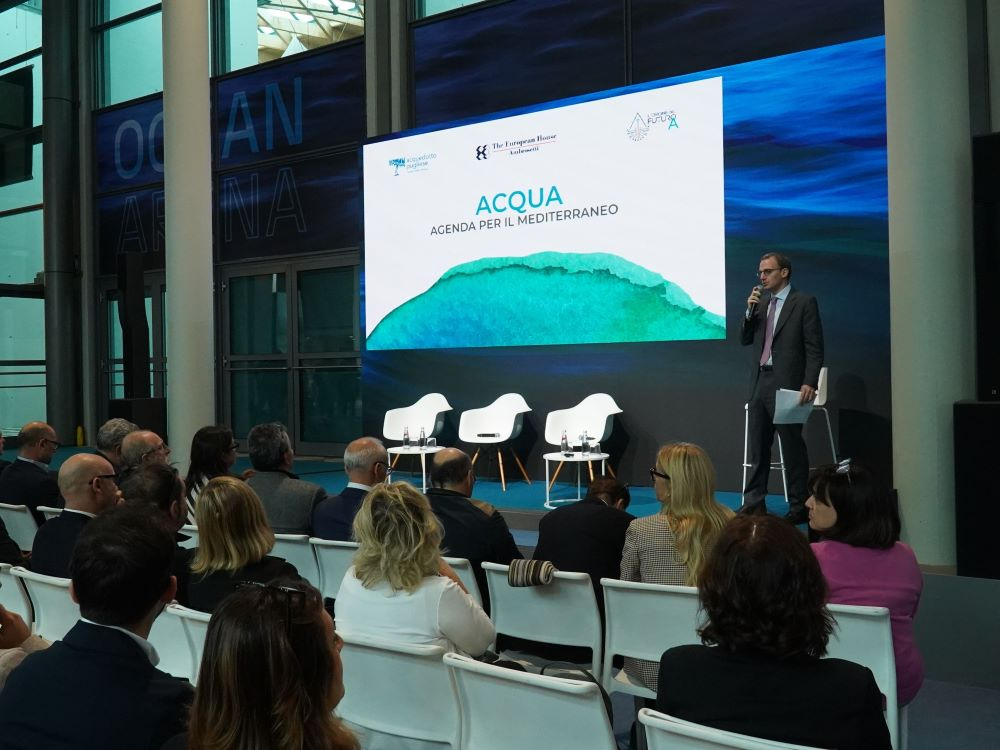The 2024 edition of Ecomondo showcased a significant increase in attendance, with a 5% increase compared to 2023 and a 4% increase in foreign participation. The event was attended by 1,620 exhibitors and it was organised by the Italian Exhibition Group (IEG) at the Rimini exhibition centre in a 166,000 square metres venue. Two new pavilions were added to meet the growing demand from exhibitors, that increased by 10% compared to the previous year. These numbers reflect the growing interest in green and circular technologies, with a growing focus on the management of natural resources, water in primis. Indeed, Ecomondo once again confirmed (and expanded) the presence of two exhibition sectors dedicated to these themes: Water Cycle and Blue Economy.
The water supply chain generates over 320 billion euros
The Blue Economy, - all the industries and economic sectors connected to the oceans, seas and coasts - generates about 665 billion euros of turnover and almost 4.5 million jobs at a European level, but the fresh water industry is certainly not falling behind. In the Mediterranean context alone, Italy ranks among the central players in the freshwater supply chain, with an added value of 328.1 billion dollars in 2022, the highest in the Mediterranean. The data comes from a study conducted by Acquedotto Pugliese, presented during the 27th edition of Ecomondo by Benedetta Brioschi, partner of TEHA (The European House - Ambrosetti) and head of the ‘Valore Acqua per l'Italia’ (Water Value for Italy) Community, which includes 43 companies and institutions in the extended water supply chain. Not only is our country second in terms of turnover, with $24.1 billion, just behind France ($91.7 billion), but the figures for investments in the integrated water cycle are also growing.
Overall, drawing from the data from the paper Water for the Mediterranean: which Agenda for the coming years, Benedetta Brioschi explains that ”in the Mediterranean area about two thousand billion dollars, or one seventh of GDP, directly depend on water. In the Mediterranean, water generates 15.1% of GDP through water industries (1,267.1 billion), agriculture (579.3 billion) and the extended water cycle (55.6 billion). At the integrated water cycle level, investments in the Mediterranean grew by more than 35% over the last decade: from 32 billion in 2014 to 43.3 billion in 2023. In Italy, over the same period these marked a +42.7%: rising from 2.4 billion in 2014 to 3.5 billion in 2023.’
According to a press release from Acquedotto pugliese, the report “gathers key numbers, strategic competences and relevant infrastructures in the expanded Mediterranean, an area of 1.3 billion inhabitants and $12.5 trillion GDP, which stretches from the Atlantic to the Persian Gulf and includes 45 countries (of which 22 with direct access to the Mediterranean Sea) and other connected areas, all of them densely populated and rich in biodiversity, but today united by the impacts of climate change.”
Towards the first Euro-Mediterranean Water Forum
“By 2050, the countries of the expanded Mediterranean will increasingly face a common perspective: higher water demand and less water resources available due to climate change. Droughts alternating with extreme events will wreak havoc in systems designed for another context. Therefore, water depletion can and must be tackled with greater cooperation on issues such as consumption, efficiency, interconnection, reuse and alternative sources,' the statement recalls
This is the economic and environmental background to the First Euro-Mediterranean Water Forum, to be held in Rome in 2026. The Forum, which up to now has only interested countries in the Mediterranean area, will for the first time also involve all European and Balkan states. The appointment was announced in Bali, Indonesia, during the 10th World Water Forum.
This article is also available in Italian / Questo articolo è disponibile anche in italiano
Image: Acquedotto Pugliese



